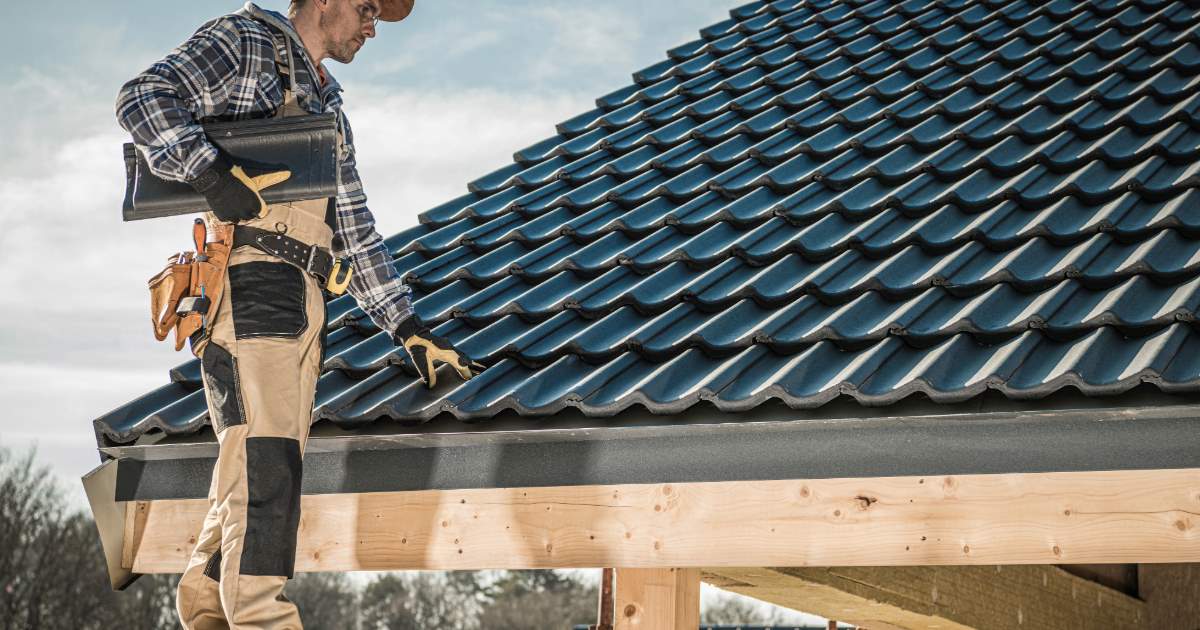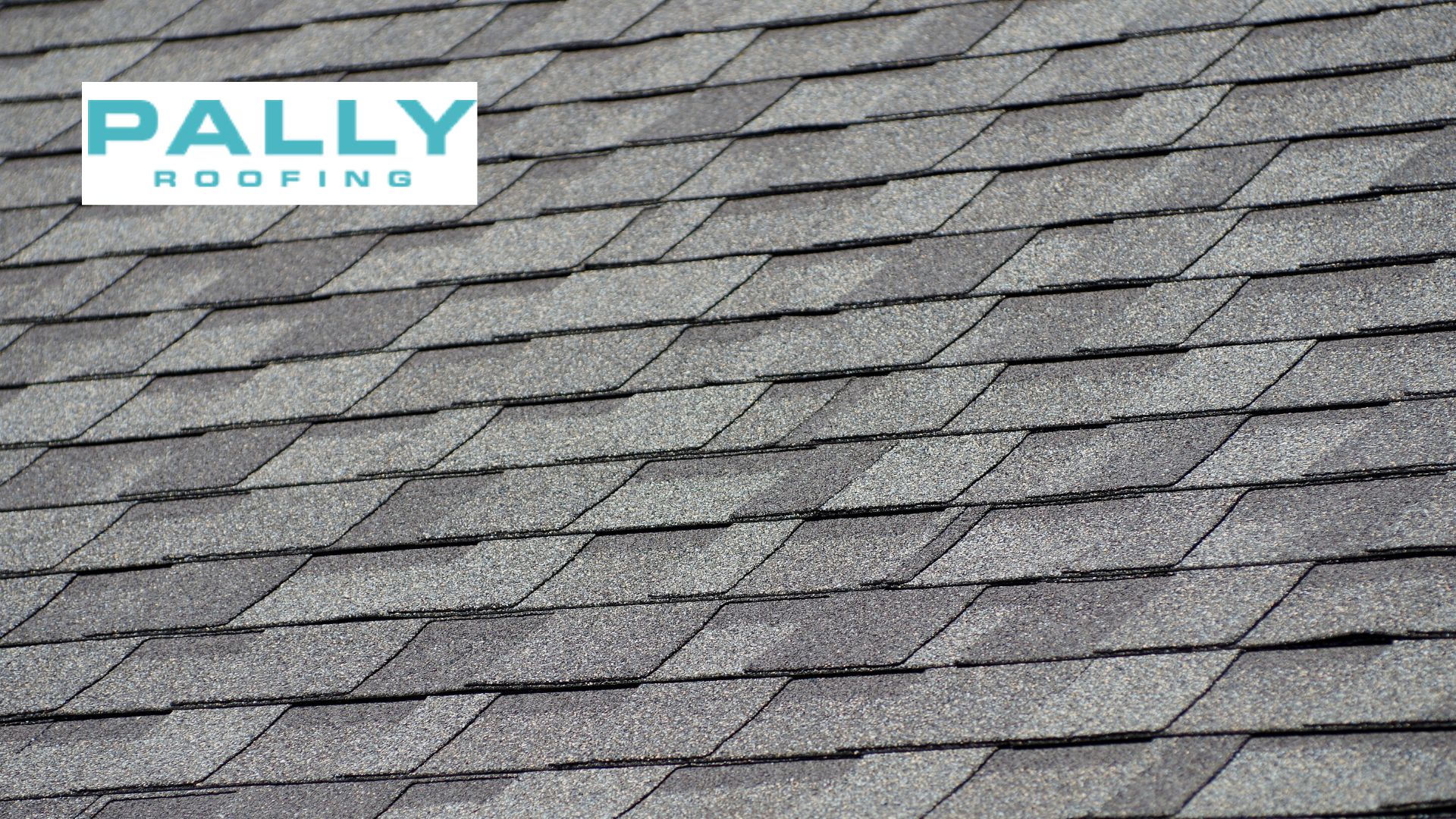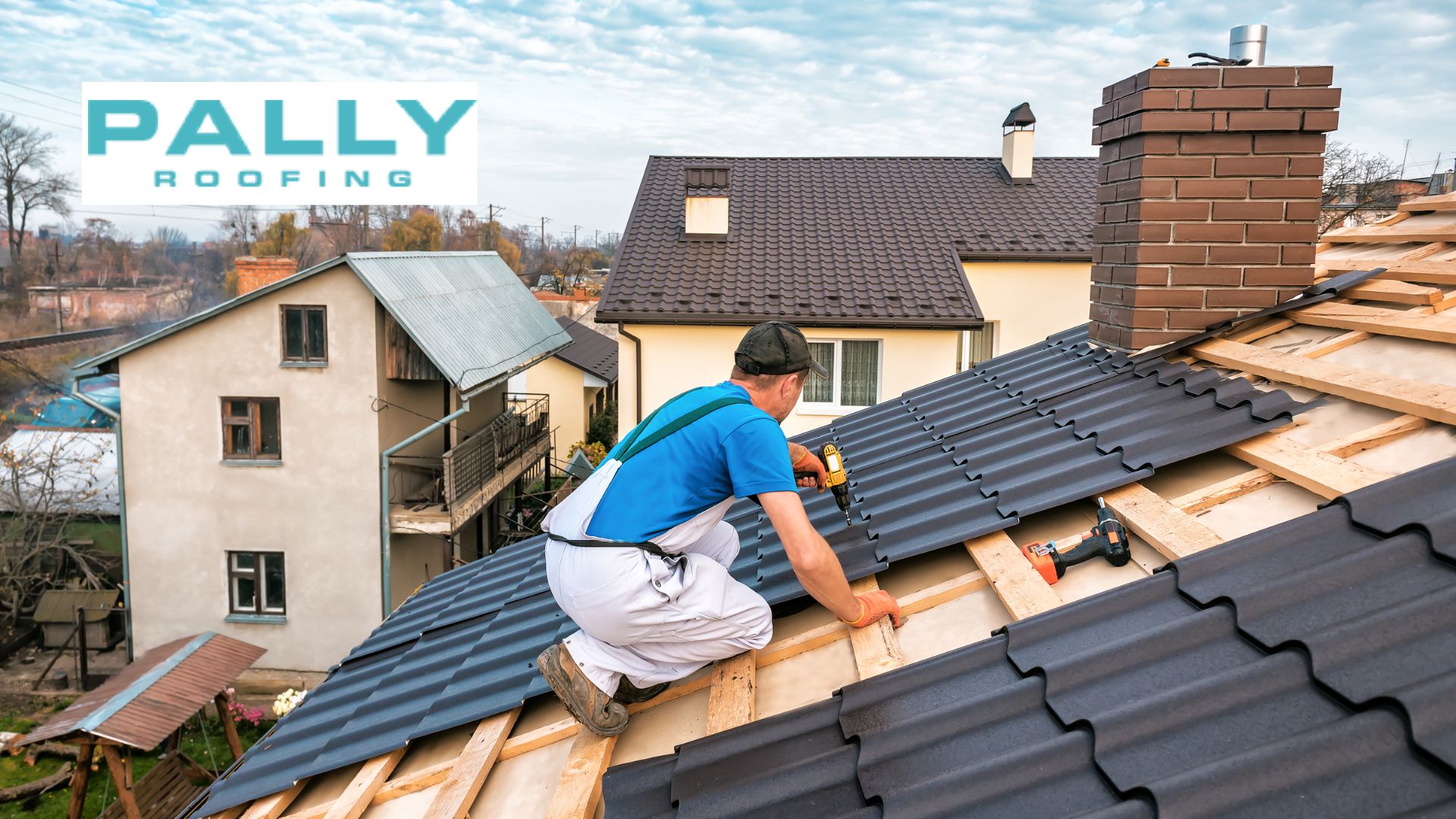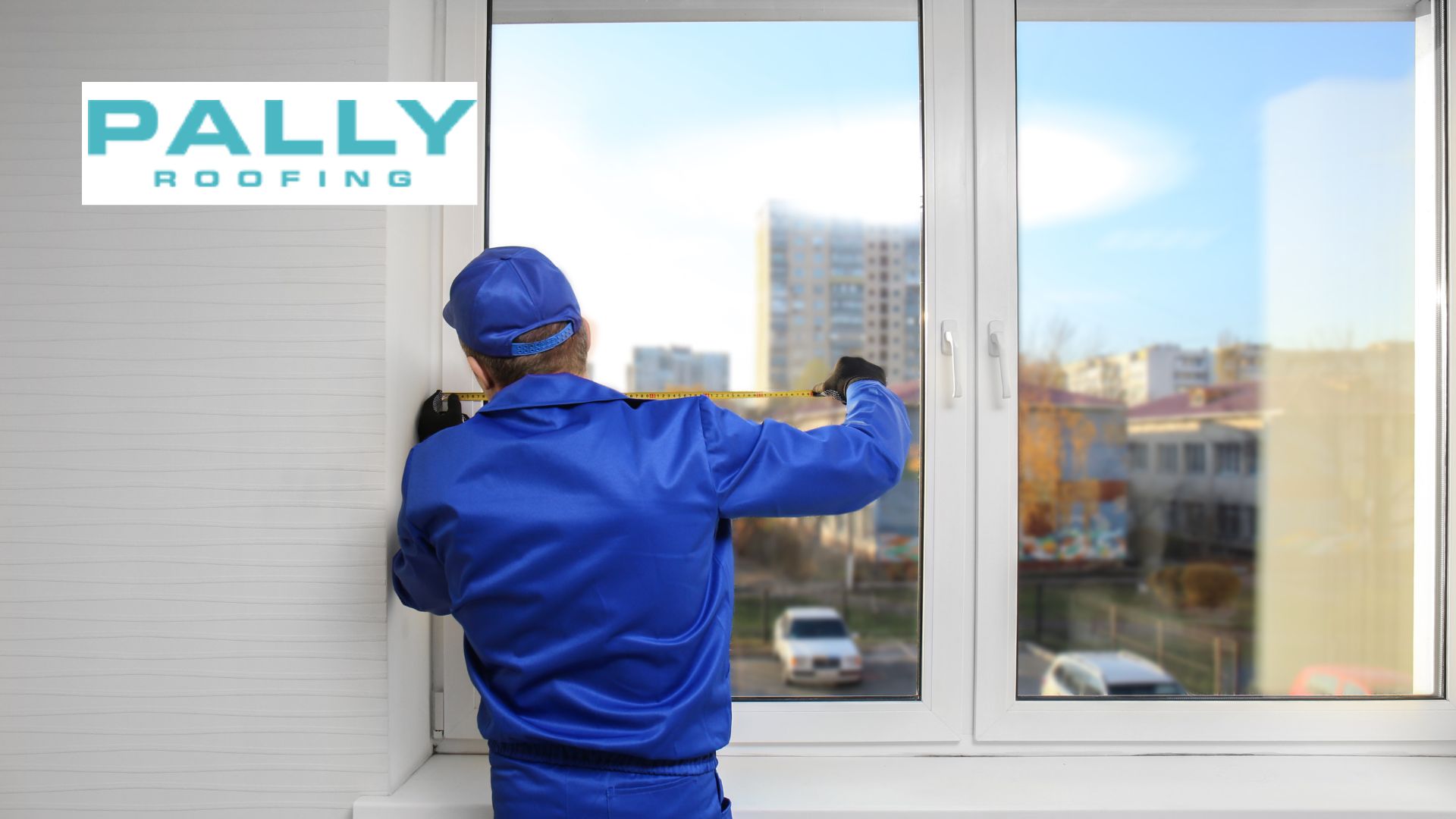Last updated on July 29th, 2024 at 08:54 pm
When it comes to one of the most critical components of your home, the roof, understanding its lifespan is essential for effective maintenance and long-term planning. The longevity of a roof can vary significantly based on the materials used, the quality of installation, and the environmental conditions it faces.
Table of Contents
One common question homeowners ask is, “how long does a roof last?” This query is crucial for anyone looking to maximize their investment in their home’s roofing system.
In this blog, we will explore the factors that influence the lifespan of different types of roofs, provide average longevity expectations for common roofing materials, and offer tips on how to extend the life of your roof.
Whether you’re a homeowner planning a new roof installation or looking to maintain your current roof, this guide will help you make informed decisions to protect your home and investment.
Different Types of Roofs
- Asphalt Shingles
- Metal Roofing
- Wood Shingles and Shakes
- Clay and Concrete Tiles
- Slate Roofing
- Synthetic Roofing (Plastic Polymer Roofing)
- Flat Roofing (EPDM, TPO, PVC)
How Long Does a Roof Last:
Factors Affecting Roof Longevity
Material Quality
The type of material used in your roof significantly influences its lifespan. Premium materials like slate and metal can last several decades, while more economical options like asphalt shingles have a shorter lifespan.
Choosing high-quality materials ensures better durability and resistance to wear and tear.
Installation Quality
Properly installed roofs are crucial for their longevity. Poor installation can lead to leaks, structural damage, and a reduced lifespan. Hiring experienced professionals ensures your roof is securely and correctly fitted, minimizing potential issues and extending its life.
Climate and Weather Conditions
Climate plays a significant role in roof longevity. Extreme weather conditions, such as intense heat, heavy snowfall, strong winds, and heavy rain, can accelerate wear and tear.
Roofing materials must be chosen based on local climate to ensure they can withstand specific environmental challenges.
Maintenance and Repairs
Regular maintenance is essential to prolonging a roof’s lifespan. Routine inspections, cleaning gutters, removing debris, and promptly addressing minor repairs can prevent major issues and extend the roof’s durability. Neglecting maintenance can lead to significant damage and reduced roof life.
Roof Design and Pitch
A roof’s design and slope (pitch) affect its ability to shed water and debris. Steeper roofs allow for better water runoff, reducing the risk of leaks and damage. Proper design and pitch ensure efficient drainage and can significantly impact the roof’s lifespan.
Understanding these factors can help homeowners make informed decisions about their roofing options and maintenance strategies, ensuring their roofs remain in optimal condition for as long as possible.
Types of Roofs and Their Lifespan
Asphalt Shingles
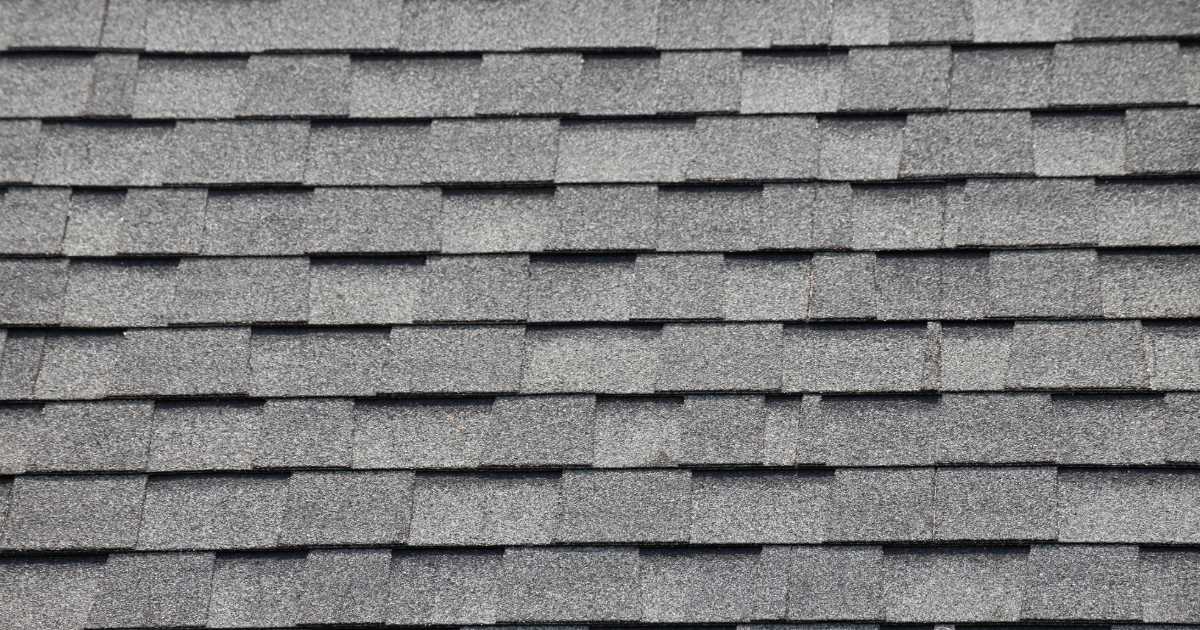
- Lifespan: 15-30 years
- Climate Suitability: Moderate climates, not ideal for extreme heat or cold
- Cost Considerations: Economical, $3 to $5 per square foot installed.
- Description: Popular for their affordability and ease of installation, but shorter lifespan than other materials.
Metal Roofing
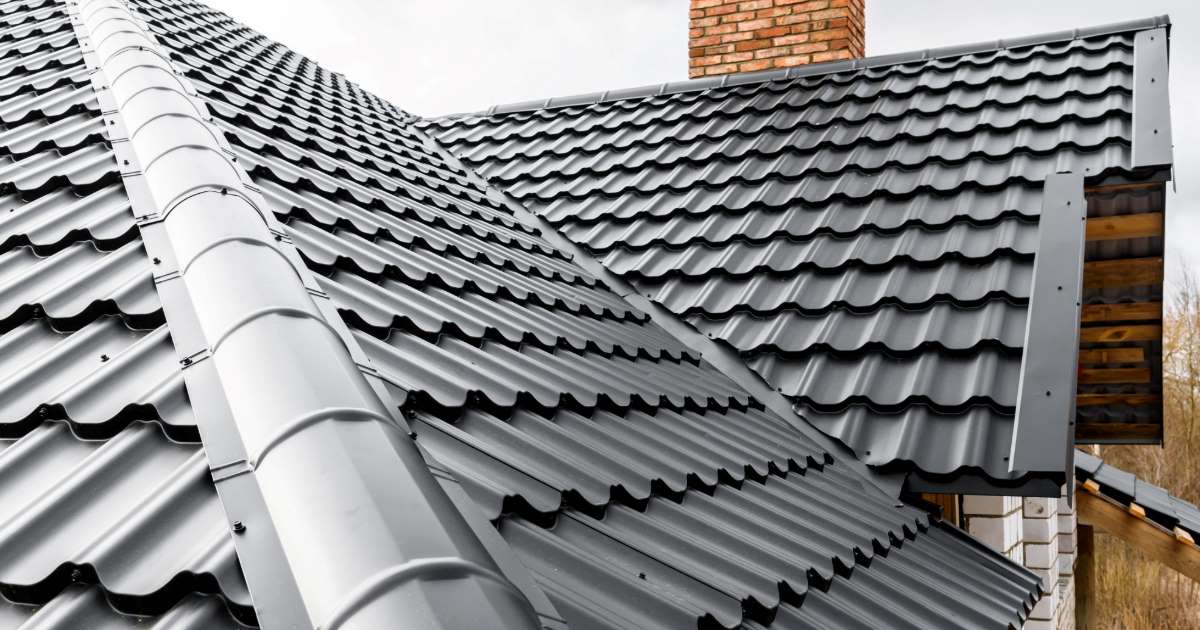
- Lifespan: 40-70 years
- Climate Suitability: Suitable for most climates, especially beneficial in areas prone to extreme weather
- Cost Considerations: Higher initial cost, $5 to $12 per square foot installed.
- Description: Durable and energy-efficient, offering long-term savings despite higher upfront costs.
Wood Shingles and Shakes
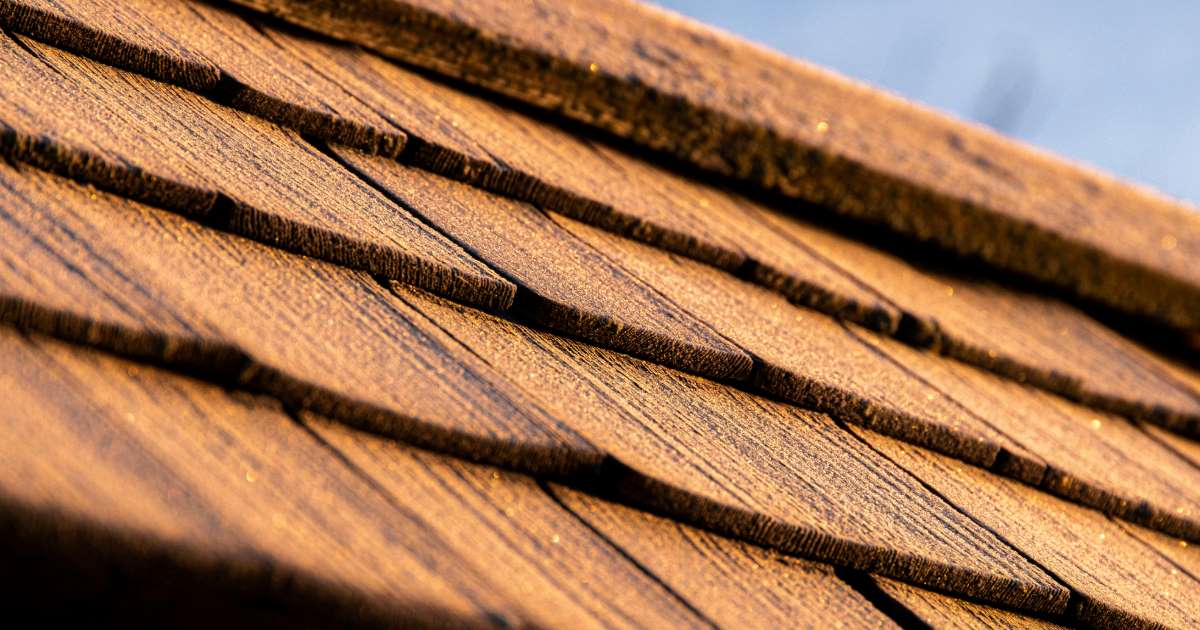
- Lifespan: 20-40 years
- Climate Suitability: Best in dry climates, vulnerable to moisture and fire
- Cost Considerations: Mid-range costs, $6 to $9 per square foot installed.
- Description: Provide a natural and rustic look but require fire and moisture resistance treatments.
Clay and Concrete Tiles
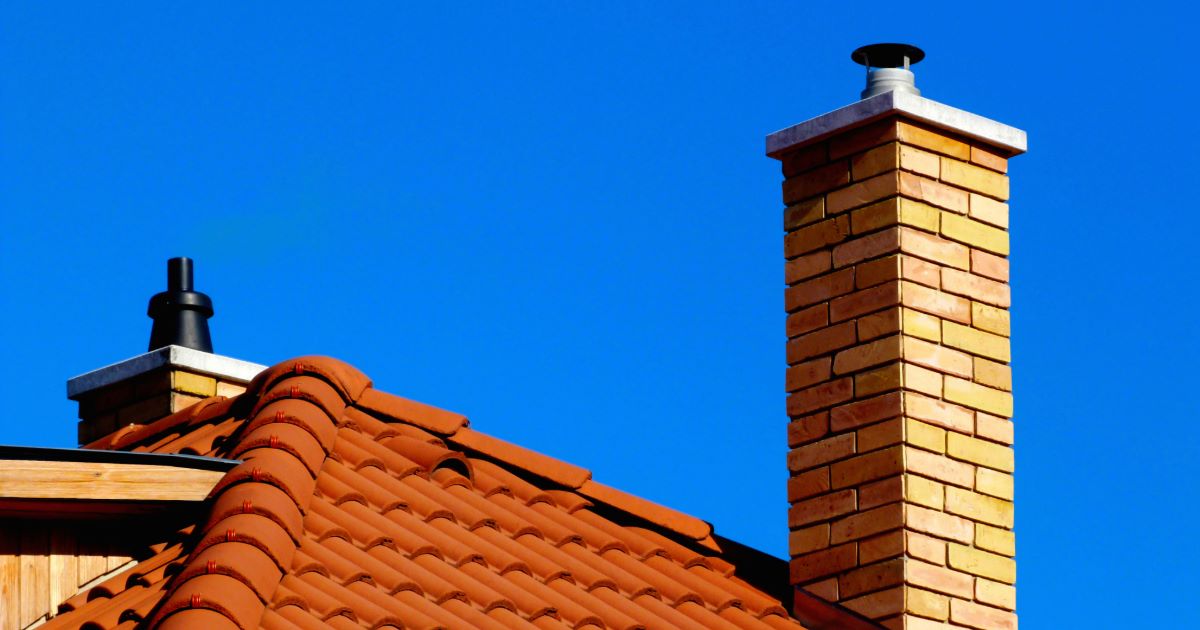
- Lifespan: 50-100 years
- Climate Suitability: Ideal for hot, dry climates; durable in most conditions
- Cost Considerations: Higher cost, $10 to $18 per square foot installed.
- Description: Extremely durable and low-maintenance, with a distinctive aesthetic.
Slate Roofing
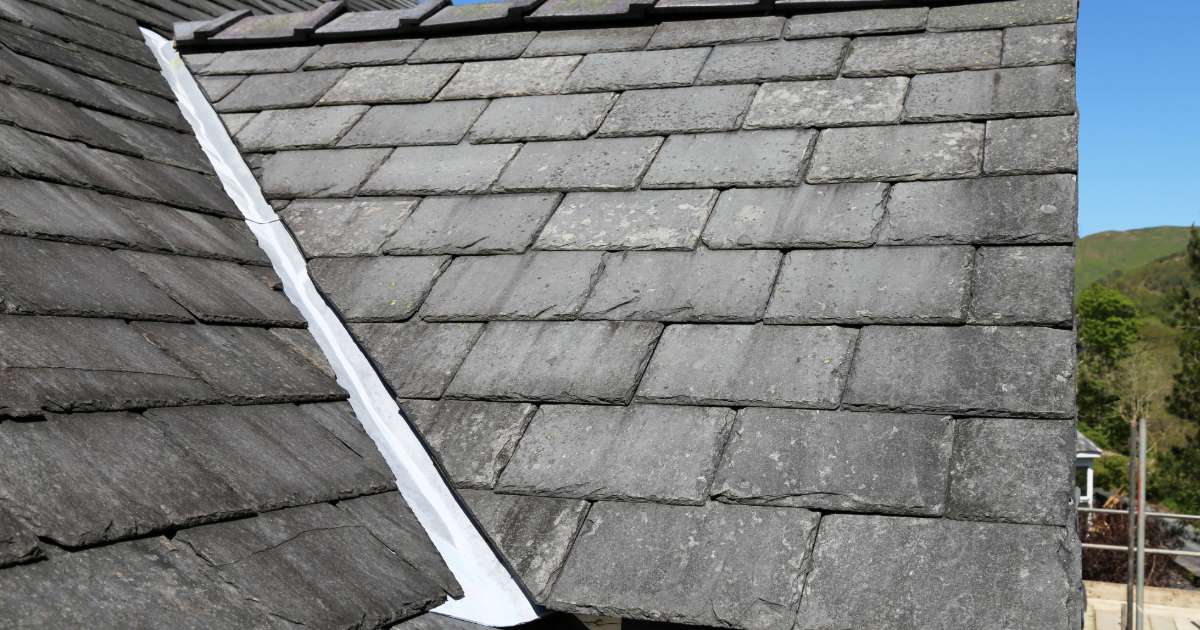
- Lifespan: 75-200 years
- Climate Suitability: Suitable for various climates, particularly durable in wet and cold environments
- Cost Considerations: Expensive, $20 to $30 per square foot installed.
- Description: Offers unparalleled longevity and an elegant appearance, but at a high cost.
Synthetic Roofing
- Lifespan: 20-50 years
- Climate Suitability: Versatile, mimics other materials’ properties
- Cost Considerations: Moderately priced, $7 to $12 per square foot installed.
- Description: Mimics the look of more expensive materials while balancing cost, durability, and aesthetics.
Flat Roofing (EPDM, TPO, PVC)
- Lifespan: 10-40 years
- Climate Suitability: Suitable for moderate climates, not ideal for extreme heat or cold
- Cost Considerations: Varies widely, $4 to $12 per square foot installed.
- Description: Common in commercial buildings, offering various benefits depending on the specific material used.
Climate Impact on Roof Longevity
Hot and Arid Climates
Roofs in hot and arid climates face intense UV radiation and heat, which can cause materials like asphalt shingles to deteriorate faster. Metal and clay tiles perform well, as they can withstand high temperatures without significant damage.
Cold and Snowy Climates
Roofs in cold and snowy climates must endure heavy snow loads and freeze-thaw cycles, which can lead to cracking and moisture damage. Slate, metal, and high-quality asphalt shingles offer durability and resistance to cold weather conditions.
Coastal and Humid Climates
In coastal and humid climates, roofs are exposed to high humidity, salt, and moisture, leading to corrosion and mold growth. Materials like metal (with proper coatings), concrete tiles, and synthetic roofing offer good resistance to these conditions.
Impact of Extreme Weather Events
Extreme weather events like hurricanes, hailstorms, and tornadoes can cause significant roof damage. Durable materials like metal, slate, and impact-resistant shingles are recommended for areas prone to such events, as they provide better protection and longevity.
When to Consider Roof Replacement
Signs of Roof Deterioration
Common signs indicating the need for roof replacement include frequent leaks, missing or damaged shingles, sagging, and visible wear and tear. Additionally, if the roof is nearing or has surpassed its expected lifespan, it’s time to consider a replacement.
Cost-Benefit Analysis of Repair vs. Replacement
Consider the extent and frequency of repairs needed when evaluating repair versus replacement. If repairs are frequent and costly, replacing the roof might be more cost-effective in the long run, offering better durability and fewer maintenance expenses.
Advantages of Modern Roofing Materials
Modern roofing materials provide enhanced durability, energy efficiency, and aesthetic options. Advances in technology have led to materials that offer longer lifespans, better resistance to weather conditions, and improved insulation, resulting in long-term savings and increased property value.
Conclusion
Understanding roof longevity factors, such as material quality, installation, climate, and maintenance, is crucial for making informed decisions. Different roofing materials offer varying lifespans, suited to specific climates and conditions.
Regular maintenance and timely replacement can significantly enhance a roof’s durability.
For expert roofing solutions, trust Pally Roofing. Our team specializes in metal roofing installation, asphalt roofing installation, gutter installation, and repair. Committed to prompt and reliable service, we ensure your roofing needs are met excellently.
Contact us today to schedule your roofing repair or installation project and safeguard your home with a durable, long-lasting roof.
References:
- Asphalt Roofing Manufacturers Association (ARMA)
- Metal Roofing Alliance
- National Roofing Contractors Association (NRCA)
- Tile Roofing Institute
- Slate Roofing Contractors Association of North America (SRCA)
- Roofing Contractor Magazine
Author
-

With more than 16 years of hands-on experience, Phillip Schmucker is the knowledgeable owner of Pally Roofing. His dedication to superior roofing services has earned him a reputable place in the industry. Phillip also shares his extensive expertise through writing, providing readers with practical tips and professional advice on various roofing topics. Follow him on LinkedIn.
View all posts

